Ingredients
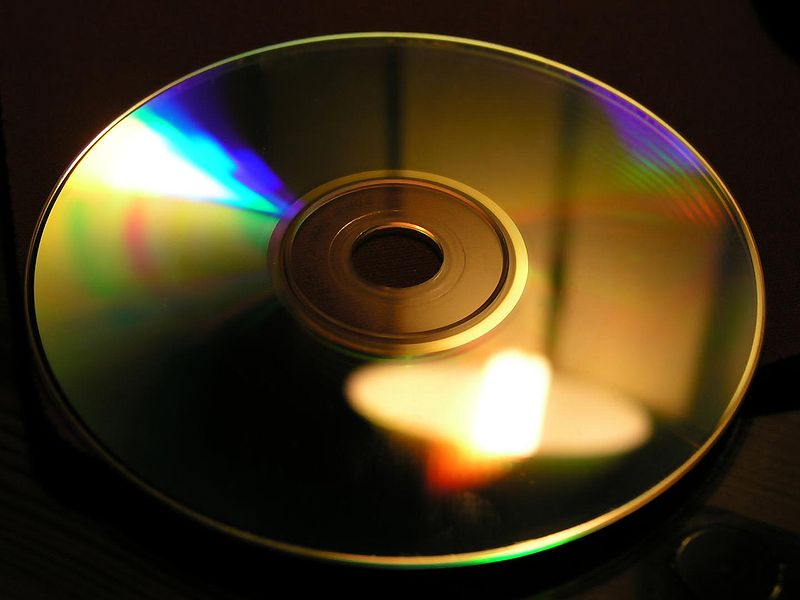
| A CD and or a DVD | 
| Some different lights, eg. Normal and energy saving bulbs, street lights etc. |
Instructions
Turn a light on.
Look at the reflection of the light in the CD, change the angle a bit and get an idea of what it looks like.
Do the same thing with each of your lights and compare them.
Result
You should find that you see funky colours in the reflection, but that all the lights don't look the same.
A conventional lightbulb will produce a smooth rainbow.
A compact fluorescent light, or energy saving bulb, will produce a series of images of the bulb A red LED bikelight won't produce any colours other than the red you can see normally.
Explanation
All light is made up of a mixture of the colours of the rainbow. You can split these colours using a CD which will reflect different colours of light in different directions. If you look at different different parts of the CD the light will have bent at different angles so you see different colours.
 |  |
Why do the different types of light appear different?
Although an energy saving bulb and a conventional bulb both look white they are actually made up of a different mixture of colours. The spectrum of the conventional bulb is made up of all the colours of the rainbow, but the spectrum of the energy saving lightbulb is made up of several individual wavelengths of light with virtually nothing in between.
 |  |
| The spectrum of a light bulb | The spectrum of an energy saving bulb |
This means that when you look at the conventional light bulb in the CD you see an image of the bulb with each colour in a slightly different place. So you see all the images overlapping in a smooth rainbow. However, with the energy saving bulb there are only a few colours in the light so you just see a few images of different colours with space in between.
 | 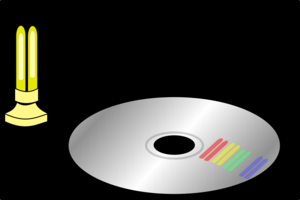 |
| With a normal bulb you see all the images overlapping in a smooth rainbow, | With an energy saving bulb you just see a few images of different colours |
Some forms of light such as that from coloured LEDs or an old fashioned orange street light consists of only one colour so you can't see any form of rainbow.
Why does a CD split up the light into its different colours?
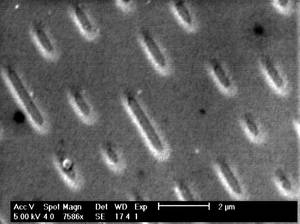 |
| Scanning electron microscope image of a CD © Bigdaddy1234 @ wikimedia |
A CD is made up of two two layers of plastic protecting a thin layer of aluminium on which is stored the actual information. This is stored in pits in the aluminium organised in a series of concentric circles. This means that you have lines of shiny aluminium that reflect well next to lines of pits which will reflect badly. Because the gaps between the pits are very close together, a distance equivalent to only a few times the wavelength of visible light , the reflections will interfere with one another in interesting ways.
Light behaves like a wave, different colours have different wavelengths (blue short and red long) and the light waves reflecting from the gaps between the slits will interact with one another. In some directions the two waves will work together - constructively interfere, and in others they will work against one another - destructively interfere.
The light reflecting off the cd will be the same as light coming through a series of holes in a plate - it is easier to see what is going on so this is how the diagrams have been drawn.
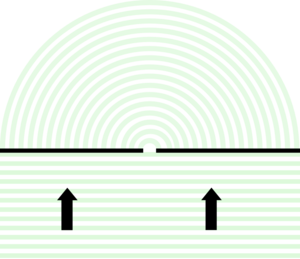 | 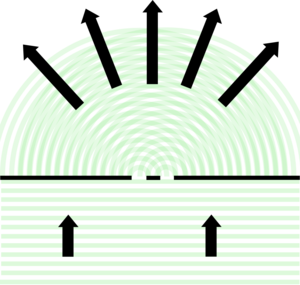 |
| Light going through a single slit will spread out once it is though. | The light from two slits will interfere with each other, adding together to form bigger waves in some directions and cancelling each other out in other directions. |
You get a very similar effect when you have multiple reflectors or slits, with light being reflected in some directions and not others.
If you shine a different wavelength (colour) of light on the same slits you will get a different interference patterns. The bright areas of constructive interference will be further apart.
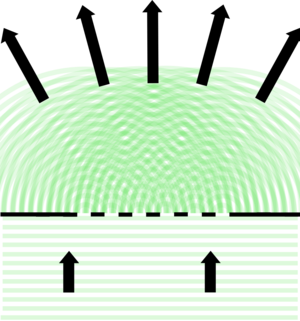 | 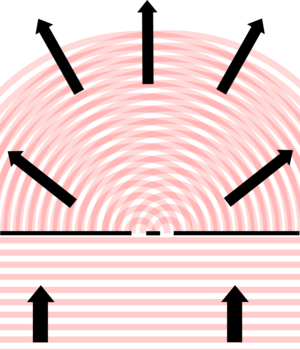 |
| Even if you have multiple slits there are still directions | If you use a different wavelength the directions in which it will constructively interfere will be different. |
This means that the light from different colours will be bright in different directions so white light will be seperated into its constituent colours.
- Previous Does a mint make your mouth cold?
- Next Glowing tape






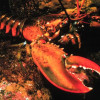



Comments
Add a comment